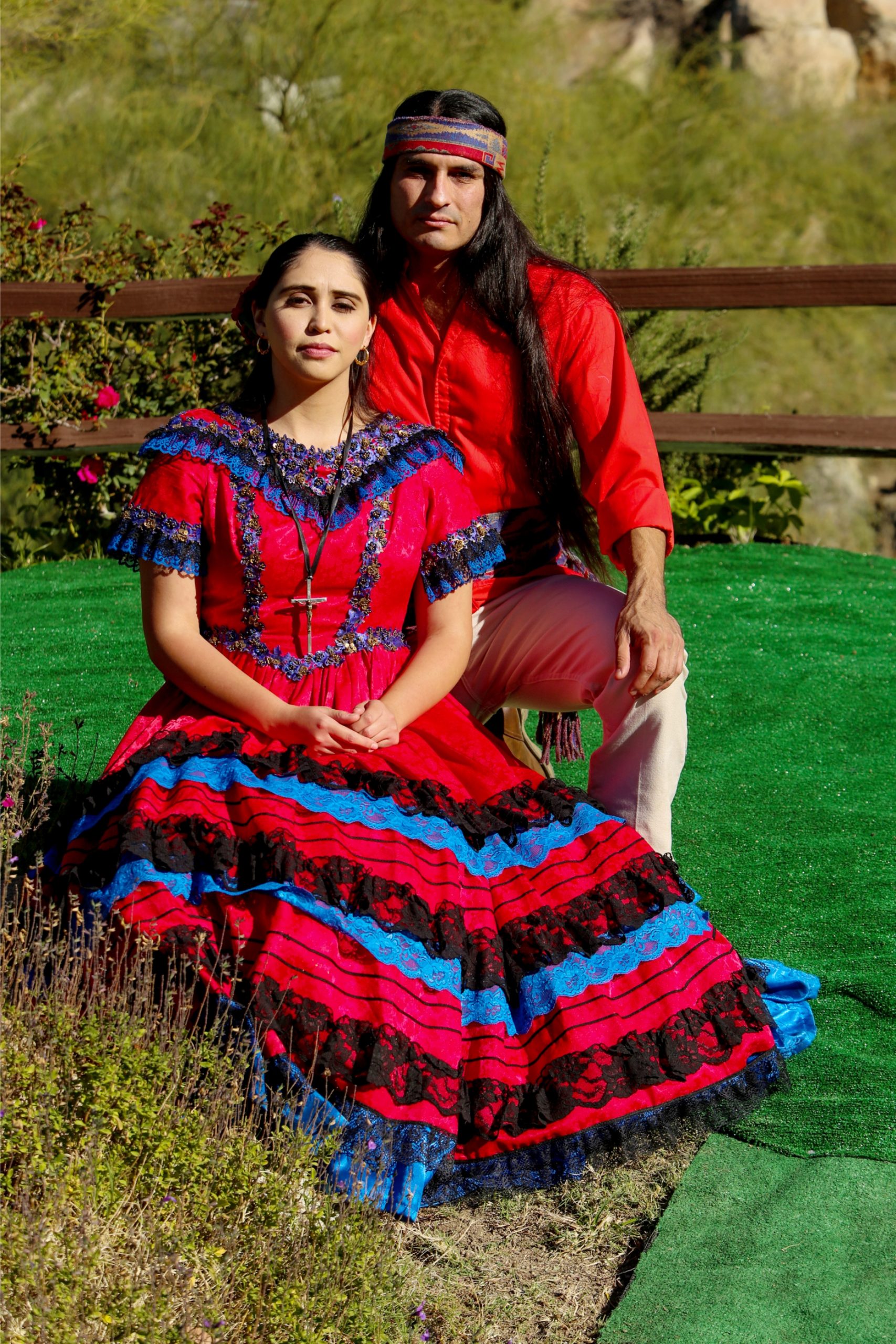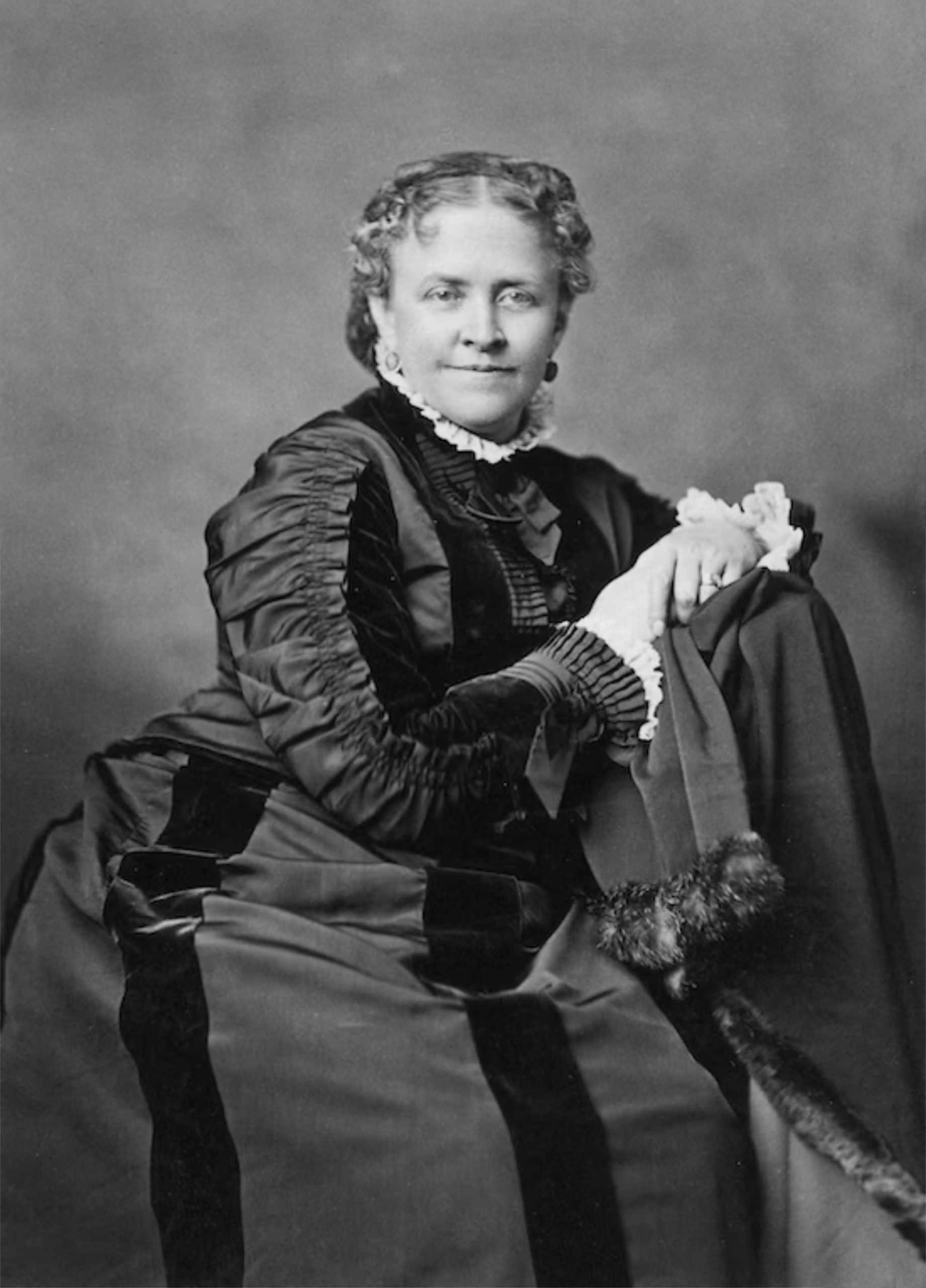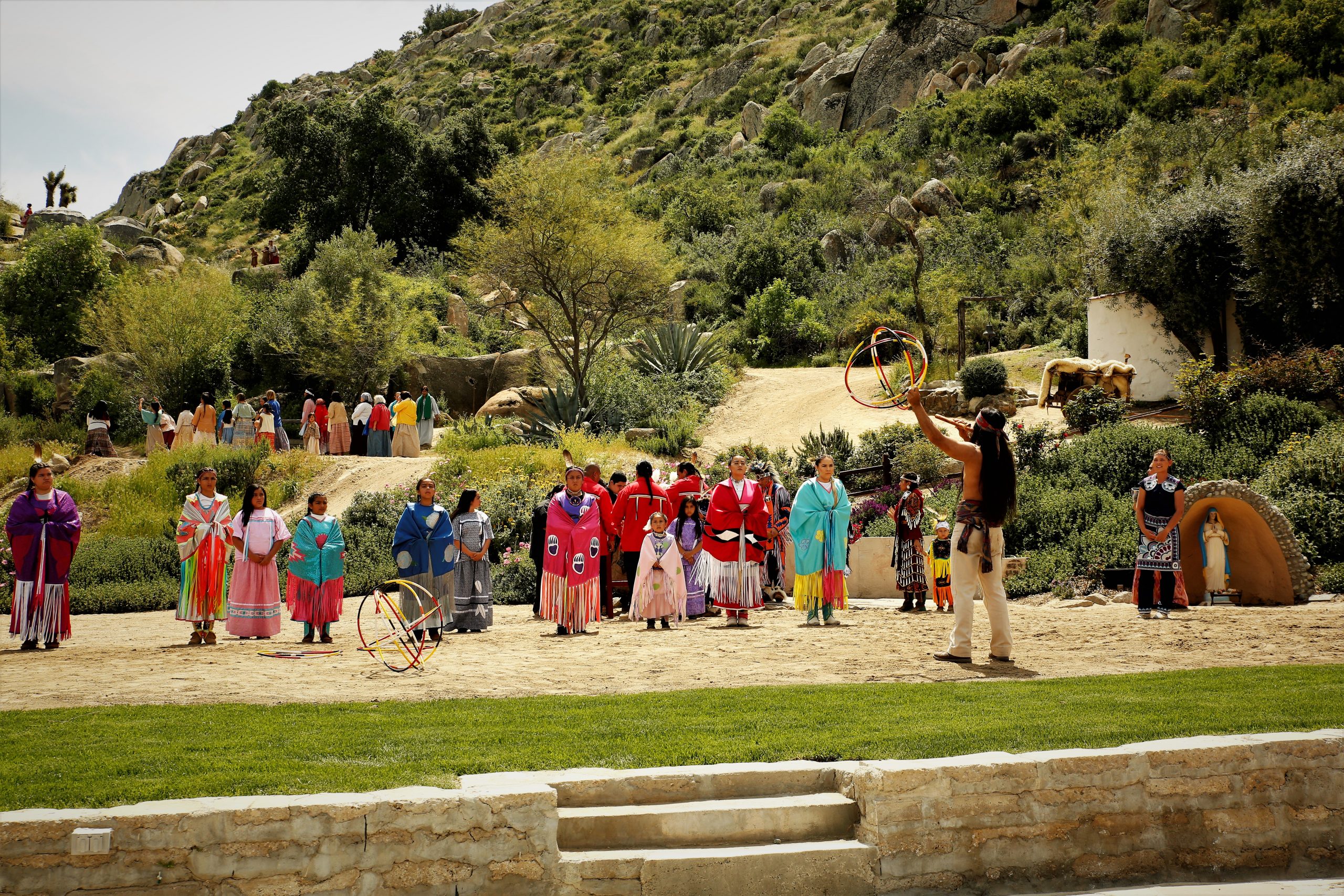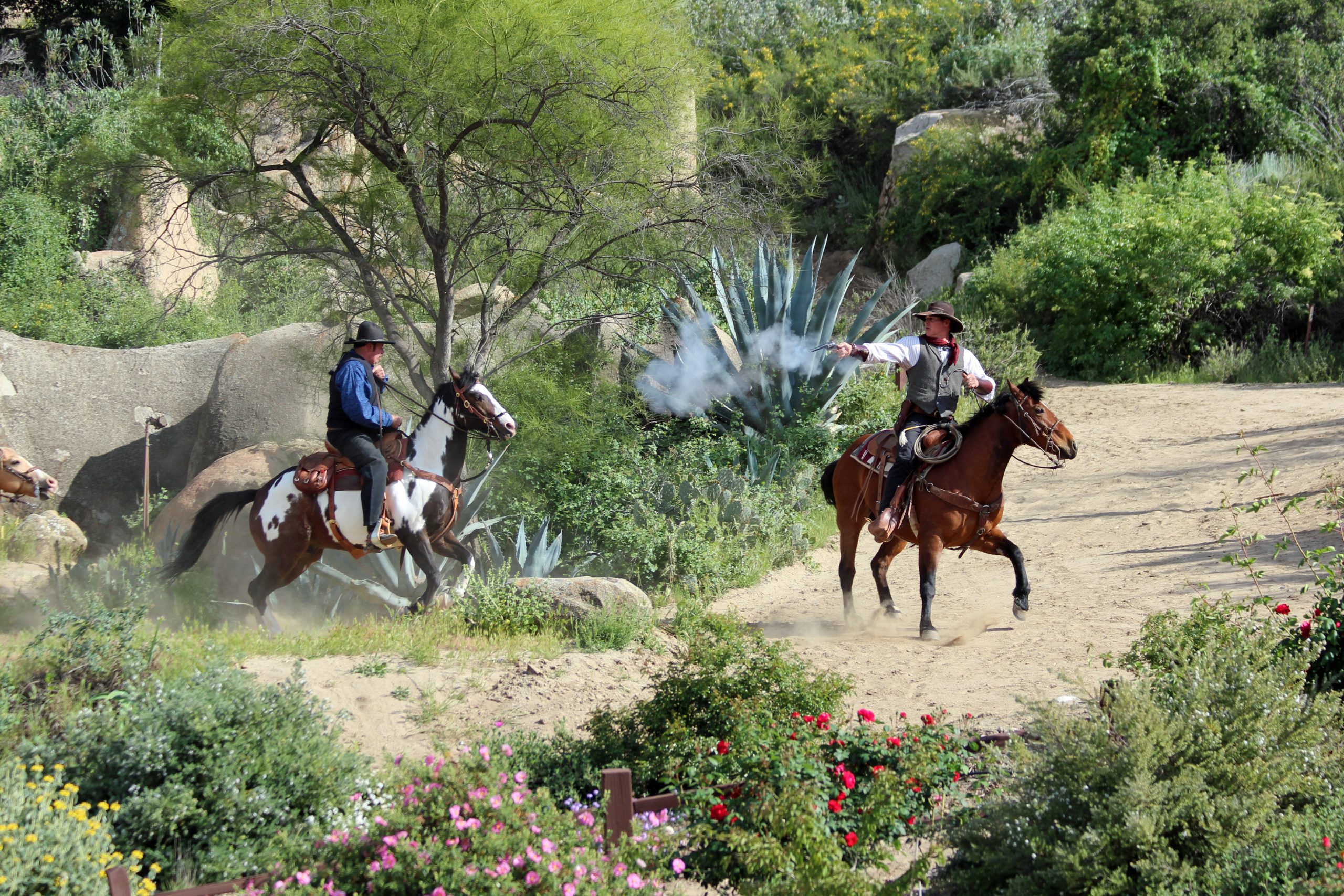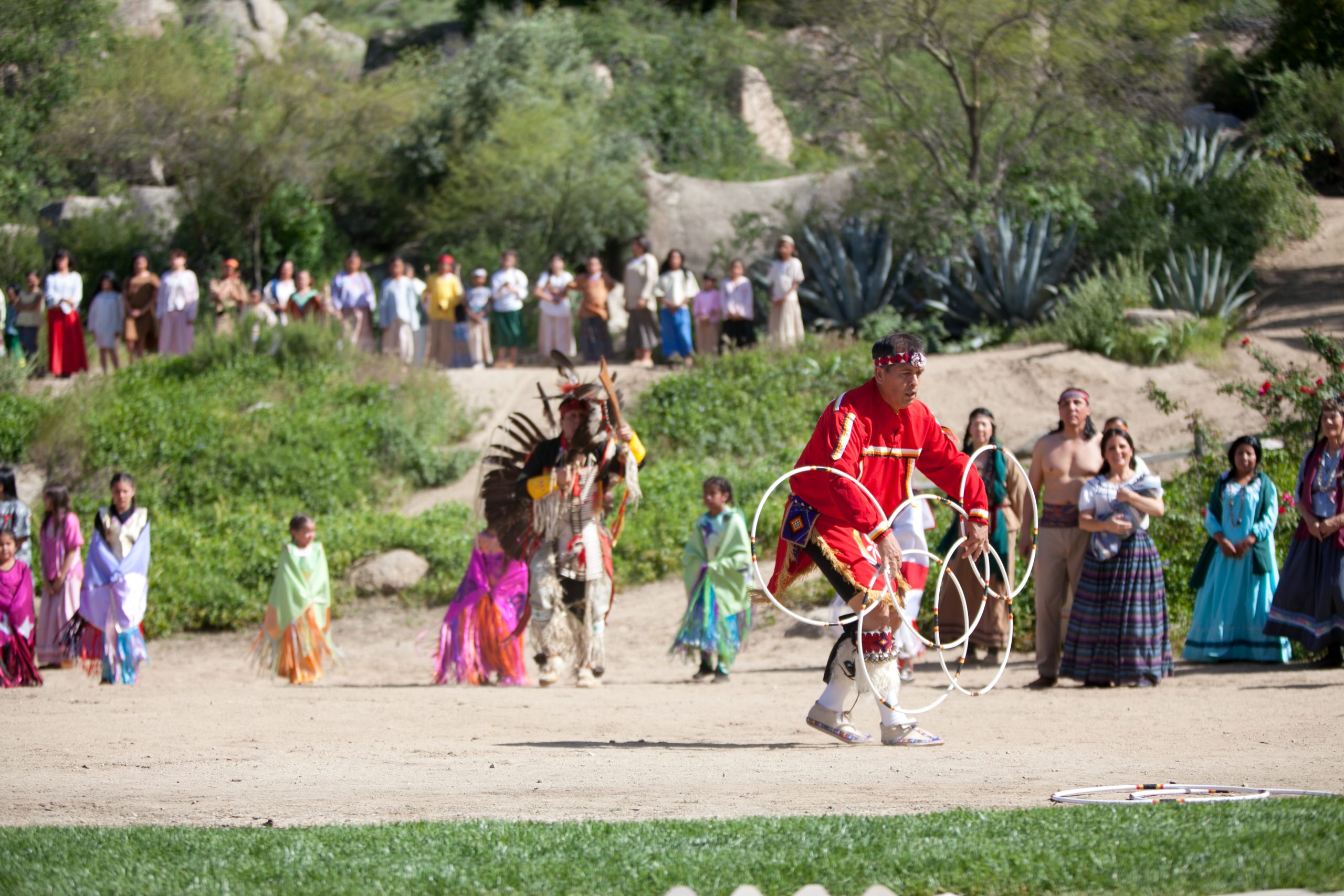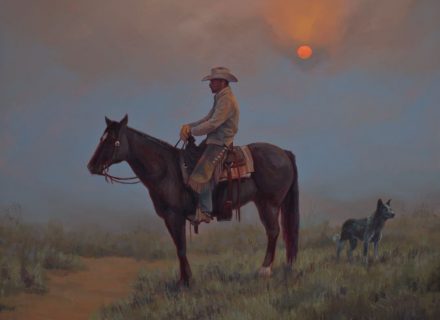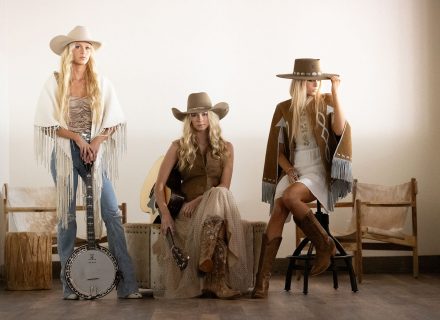The Ramona Outdoor Play, based on a novel by early Native-rights activist Helen Hunt Jackson, has been performed in Southern California for more than 100 years.
Appalled at the treatment of American Indians, popular 19th-century poet and writer Helen Hunt Jackson became an activist, using her pen to fight for Native rights. A Massachusetts native, she was a classmate and lifelong friend of Emily Dickinson, and her poetry was admired, read aloud, and anthologized by Ralph Waldo Emerson. But what really put the fire in Jackson’s heart and pen was an 1879 lecture in Boston by Ponca chief Standing Bear about the forcible removal of the Ponca from Nebraska.
She sent a copy of her 1881 book, A Century of Dishonor (something like a 19th-century Bury My Heart at Wounded Knee), to every member of Congress. But the book and its message were largely ignored. However, her second try, the novel Ramona, was a hit. Set during the turmoil surrounding the American takeover of California, after the Mexican-American war, it told the story of the doomed love affair between an American Indian and a mixed-race young woman raised on a Spanish rancho.
“Then I thought if I could write a story so interesting that people could not put it down and weave into that story the true history of some of the Indians’ sufferings, I might thus, as [St.] Paul says, (perhaps) convince some,” Jackson said. Her reform message might have read as a love story between the fictional Ramona and Alessandro, but the Native history Jackson portrayed was based on actual events in Southern California in the 1870s and ’80s.
First published in 1884, Ramona has been reprinted 300 times and been made into a movie five times. In 2023, it celebrated its 100th year of performances as an annual outdoor play, in Hemet, California’s beautiful Ramona Bowl.
Jackson, who died soon after Ramona was published, would never know the impact her book — and its spinoff “California’s Official Outdoor Play” — would have to this very day. “How wonderful it would be to be able to go back,” says Ramona actress Debradawn Shockey, “and say, ‘Miss Jackson ... you changed hearts and minds.’ And we’re still doing it now because it still needs to be told.”
Performed in a natural amphitheater constructed specifically for the first production in 1923, the Ramona pageant features a cast of hundreds, including dancers, musicians, and about a dozen cowboys on horseback. And while the play clearly portrays the troubled times of the day, it also celebrates California’s Native, Spanish, and pioneer heritage. “The fun part of it is all the cowboys and shooting and horses,” says Eli Santana, who plays the doomed Alessandro.
The late Raquel Welch once starred in the pageant as Ramona (1959), as did Anne Archer (1969). There have been many film treatments of the novel — by D.W. Griffith in 1910 with Mary Pickford, remade with Adda Gleason in 1916, and with Loretta Young in 1936. The 1928 silent film Ramona, directed by Chickasaw filmmaker Edwin Carewe and starring Dolores de Rio, was considered lost until it was rediscovered in Prague in 2010 and restored by the Library of Congress.
Performed every year in Hemet, Ramona is America’s longest-running outdoor play. A largely volunteer effort, the pageant commemorated its centennial milestone in 2023 with the dedication of a Literary Landmark for Jackson. Every spring for several days in April and May, her famous love story unfolds in the amphitheater, its message still apropos more than a century later.
From our April 2024 issue.
For more information and for the 2024 performance schedule, visit ramonabowl.com.
PHOTOGRAPHY: Courtesy The Ramona Bowl Amphitheatre







